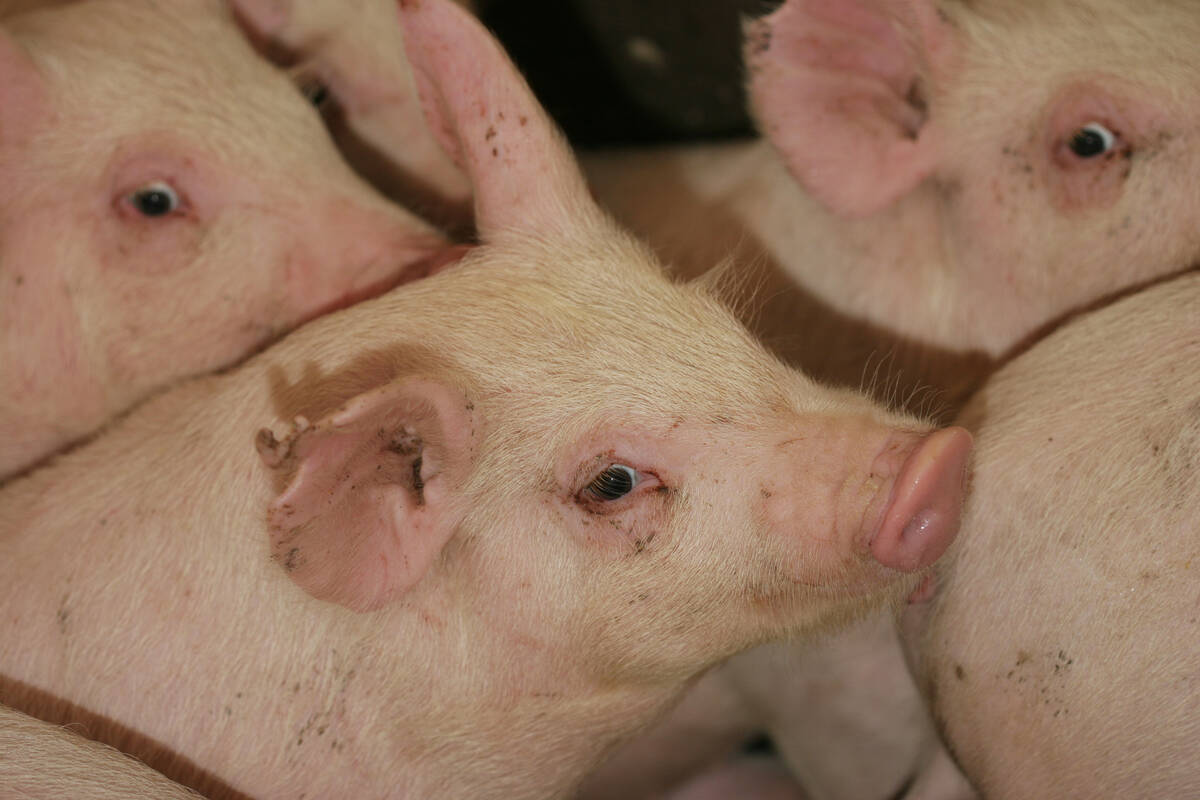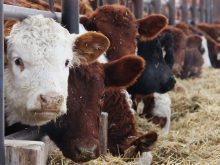A 20 year decline in beef demand has been blamed on U.S. and Canadian producers who did not give customers what they wanted.
“The dollars that come into this industry are going to come from consumers and that is the only source of new growth and prosperity and opportunity,” Kansas State University agriculture economist Ted Schroeder told the Alberta Beef Producers annual meeting Dec. 8.
“Decisions we make as producers and leaders in this industry are going to need to continue to be cognizant of and appreciative of that consumer, even though you have to fight other fires …. We constantly make policy, production and marketing decisions that fail to appreciate that fact.”
Read Also

The Western Producer Livestock Report – September 25, 2025
The U.S. national live price average for barrows and gilts was $81.21 Sept. 17. It was $78.37 Sept. 9. U.S. hogs averaged $106.71 on a carcass basis Sept. 17, up from $106.10 Sept. 9.
Worldwide meat consumption is increasing, yet beef’s share of the market is losing out to chicken.
Schroeder said the new consumers are diverse.
Average per capita beef consumption in the United States has dropped to 58 pounds from 100 in 1980. Schroeder said beef prices would have to be cut in half to rebuild that demand.
In the U.S., producers blamed the futures market, greedy packers, Canadian imports and sometimes each other when the real problem was a lack of response to what consumers wanted.
When consumers stopped buying, their concerns should have been passed on from retailers to cow-calf producers, but Schroeder said that didn’t start to happen until five years ago, when improvements were made in quality and convenience.
Surveys have found that consumers want a safe, nutritious product that is flavourful, tender and easy to prepare.
They want it to be of consistent high quality and produced in an environmentally friendly manner. They would prefer it to be locally produced, and it must be competitively priced.
Glenn Brand of the Beef Information Centre said E. coli and listeria outbreaks scared consumers away, eroded confidence and ultimately reduced demand.
A survey found that 55 percent of Japanese consumers reduced their beef consumption because of food safety concerns.
More than 30 percent of Mexicans did the same while 20 percent of Canadians and Americans said they made changes.
Another survey found 92 percent of Canadians consider domestic beef as safe and better in quality than imported products.
Schroeder said the Canadian industry should use this perception as well as the country’s traceability system as part of a branded program promotion to bring back customers. Canada may be too modest in telling its story, he added.
“You have to have your name on the product somewhere with your assurance.”
Most people do not know much about the beef they buy, but they will remember it if it carries a label or brand conveying information about beef’s attributes and who produced it. A cellophane wrapped package with a generic price label tells people little.
Canada has launched a pilot project called the Canadian Beef Advantage, in which feedlots will accept cattle with specific production and quality attributes. Qualifying beef will be labelled with a new logo bearing a stylized red maple leaf and Canada Beef insignia.
The program promotes Canada’s identification system, grading system, use of commercial beef from mature cattle, food safety and meat cutting charts.
Brazil steps up
While the United States and Canada struggled to recover lost markets after the BSE embargo and determine what people wanted, Brazil was waiting in the wings.
The country did not wait for North America to recover and stepped in even as its currency was gaining strength and it battled foot-and-mouth disease outbreaks. Most of its success has been in Europe, Schroeder said, where customers want hormone free beef.
Brazil’s beef business has been expanding at more than four percent a year, turning it into the world’s largest exporter. It is poised to also become the largest producer, led by a well educated and multilingual generation of young people.















